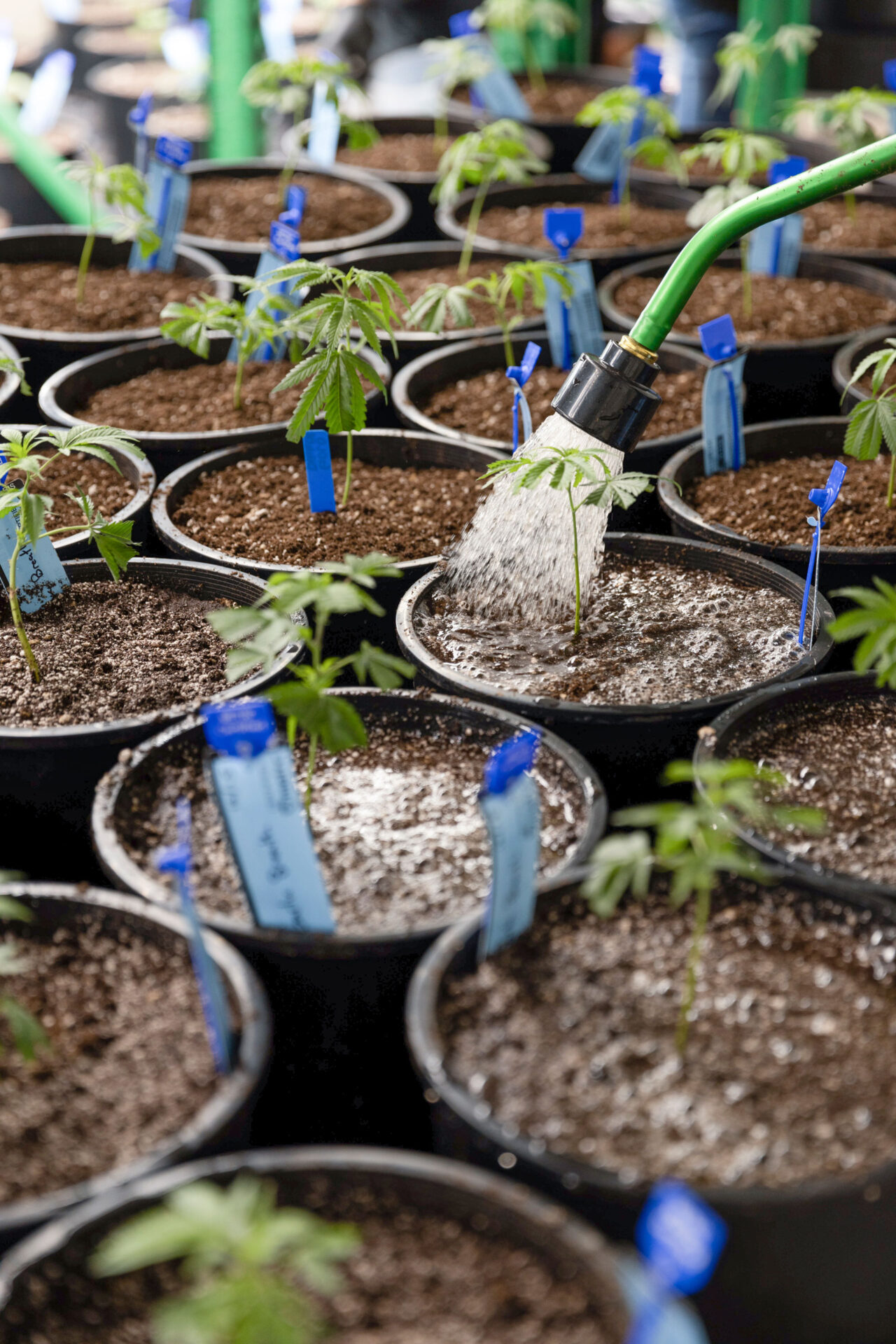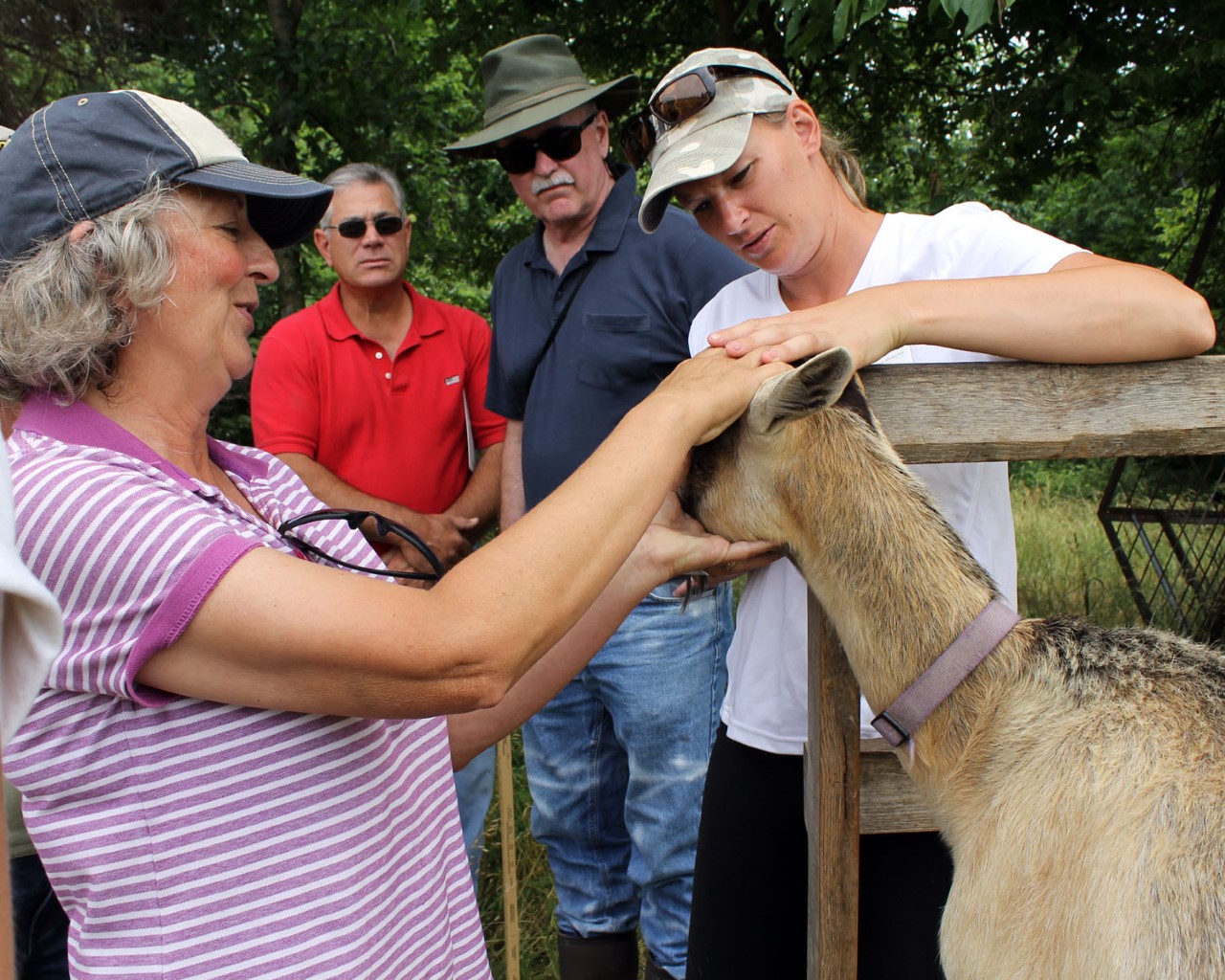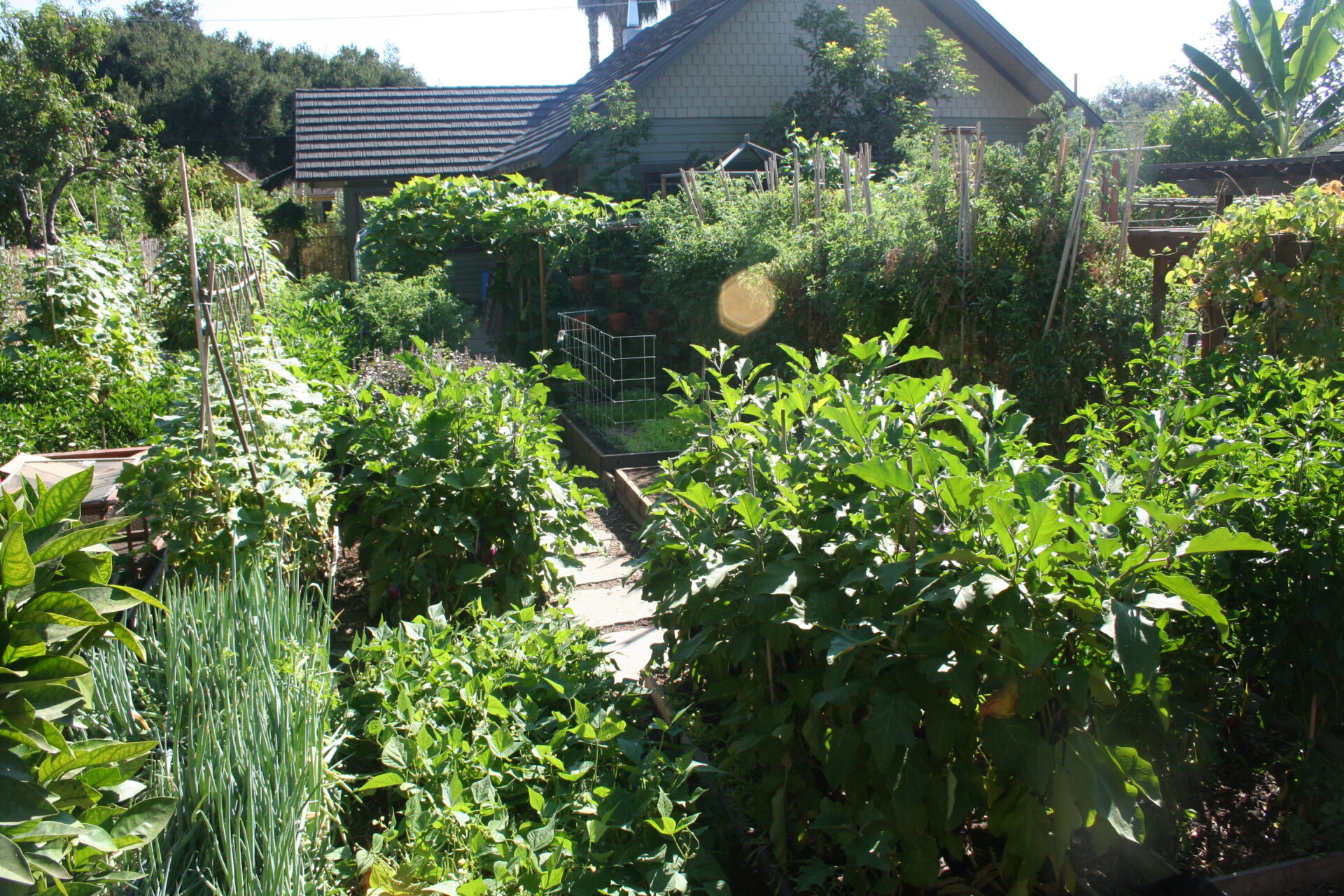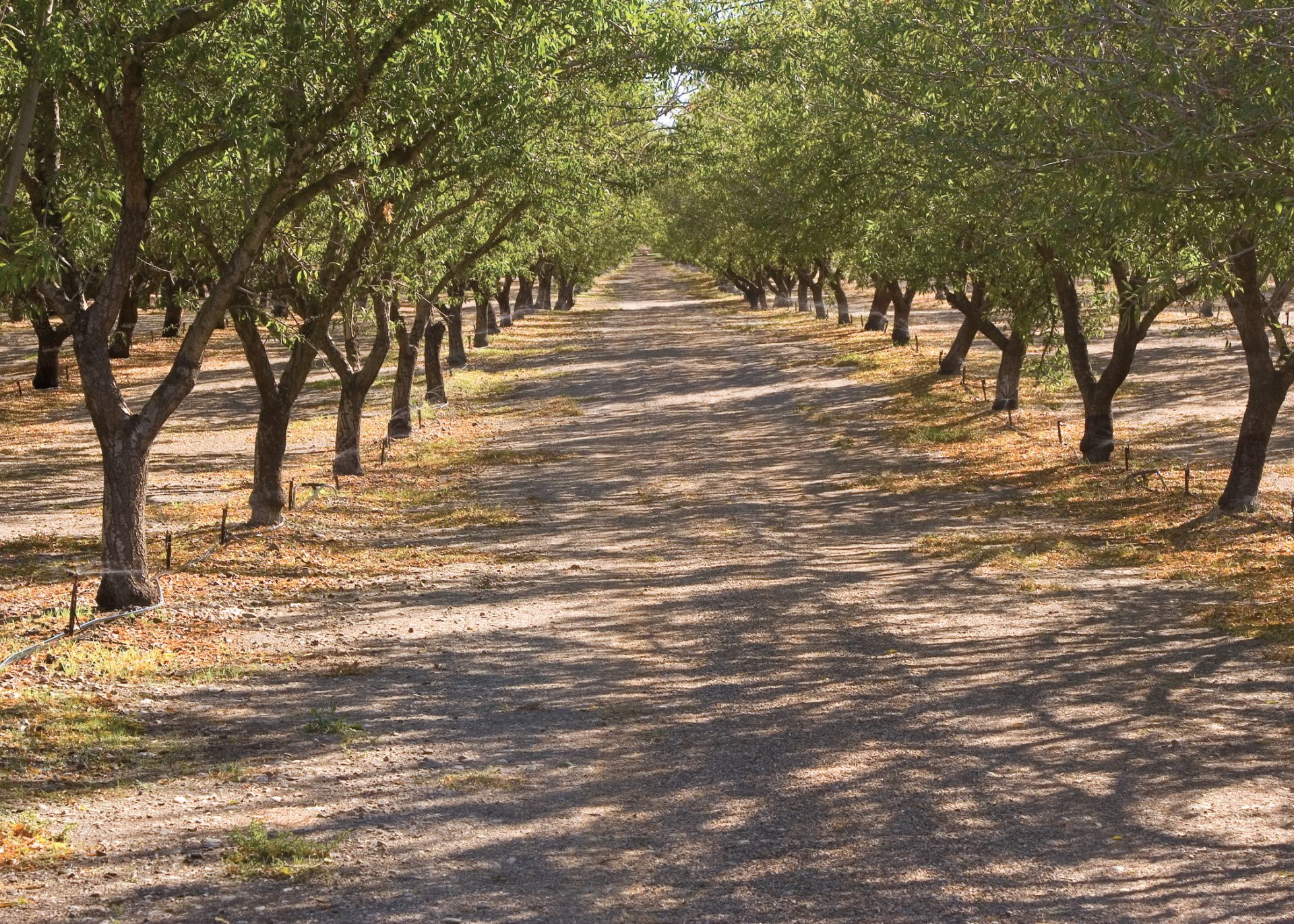
One of the few things people can agree on about biostimulants is that they are difficult to define. The Biological Products Industry Alliance (BPIA) suggests:
“Plant biostimulants contain substance(s) and/or micro-organisms whose function when applied to plants or the rhizosphere is to stimulate natural processes to enhance/benefit nutrient uptake, nutrient efficiency, tolerance to abiotic stress and crop quality.”
What is a Biostimulant?
Biostimulants are hard to define as there are many different substances and microorganismal inoculants used in their production. It is also difficult to quantify the mechanisms for how biostimulants work and ultimately provide benefits to crop health and quality.
Commercial products may have several different ingredients such as amino acids, micronutrients and beneficial microbes. Biostimulant research has focused on many different products, tested on different crop species, in different environments. Some studies have shown evidence for biostimulants reducing the impact of stressors on plants, but this has not been universal.
A review paper by Povero et al. shows examples of reported biostimulant effects including enhanced fruit set, size, quality, root development, plant growth, water and nutrient uptake, stress mitigation and soil improvements. Another review discussed 26 different biostimulant studies conducted on fruit trees (Tanou et al. 2017). The categories of products (used individually or sometimes in combination) included protein hydrolysates, seaweed extracts, humic substances, leaf/pollen/yeast extracts, amino acid chelate and Leonardite extract. This broad range of products and effects can make it difficult to decide whether anyone biostimulant will be helpful for a particular situation.
Biostimulants are not currently regulated in the United States as they are classified differently from fertilizers and pesticides. However, it is possible that they will be regulated in the future. In spring 2019, the EPA released for public comment a “Draft Guidance for Plant Regulators, Including Plant Biostimulants”. There has not been a new update since then, but it is possible that some biostimulants, which have the properties of plant growth regulators, will become subject to the Federal Insecticide, Fungicide and Rodenticide Act, which will require registration and labeling. If this happens, it may change what products will be available, but will also provide some oversight to the industry.
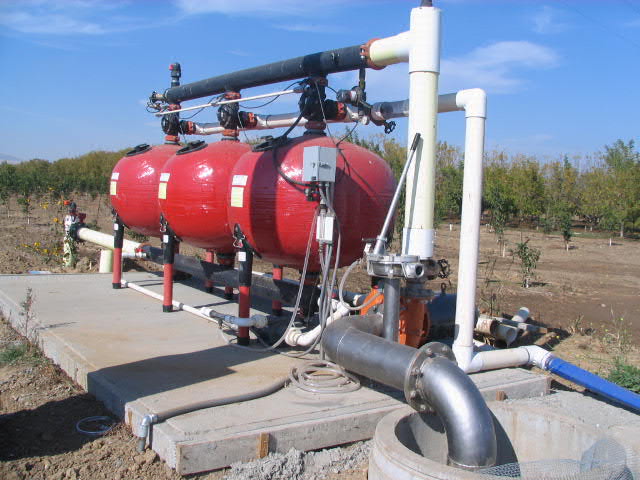
How Biostimulants Function
Biostimulants have a different function than fertilizers. Fertilizers are used to add macro- and micro-nutrients to the crop, which improves crop growth. Like fertilizers, biostimulants can be applied either foliarly or through the irrigation system and may contain some low levels of nutrients. However, the addition of nutrients is not their main purpose. They are more likely to be used to add biological products such as microbial, acids, and hormones to the plant and soil to aid in specific functions such as stress tolerance or fruit quality.
To date, most of the studies that have been done on biostimulants have been on vegetable crops, possibly because they can be completed more quickly than permanent crops. Also, permanent crops contain reserves of nutrients in their woody structures, which could become a confounding factor in their evaluation (Soppelsa et al. 2018). Even when all applied substances have been controlled, permanent plant tissue can release nutrients to assist in plant growth in ways that are difficult to account for. This makes it more challenging to determine if an observed effect is due to the applied biostimulant or not.
Trial Results
As mentioned earlier, many biostimulant products contain multiple components, which can make identifying the causal agent difficult. For example, in a potted almond trial, Saa et al. applied two different products to two-year-old trees. One product was from seaweed extracts, and one was from the microbial fermentation of a proprietary mix of organic cereal grains. The seaweed extract product also contained amino acids, glycosides, betaines and vitamins. This study was especially interested in potassium, and it compared both biostimulant treatments to a foliar potassium treatment and a control. All four treatments were applied to trees that had been fertilized with either adequate or low levels of potassium, with all other nutrients controlled for. The results showed that both biostimulant treatments increased the shoot length and biomass when potassium levels were adequate, but only the seaweed-based treatment was also effective in the low potassium treatment. That would seem to indicate that potassium was a limiting factor and that the seaweed-based product was able to resolve that, but the microbial fermentation product contained even higher levels of potassium, so the actual mechanism is still unclear (Saa et al. 2015).
Another biostimulant trial done on young almond trees in Spain compared the combined application of two biostimulants to control treatment in three almond cultivars with two irrigation treatments (Gordillo et al. 2019). Each of the biostimulants had multiple components. One had a combination of aerobic and anaerobic bacteria. The other was extracted from shrimp meal through a microbial fermentation process and contained amino acids, nitrogen and trace levels of other nutrients. Each of the three cultivars had a slightly different response to the treatments. In biostimulant-treated ‘Guara’ trees, there was a higher leaf water potential (less stress) than in the control under both irrigation regimes. The treated trees also had higher yields in both irrigation regimes. Biostimulant-treated ‘Lauranne’ and ‘Marta’ trees had higher stomatal conductance than control during vegetative stages, and ‘Lauranne’ trees’ stomatal conductance was also higher during kernel fill. This study shows that even within a particular species, biostimulants may have different effects. However, this study only had one season of data collection, so it is unclear whether the results can be replicated.
Seaweeds are one category of biostimulants that have shown a lot of promise. In a review article on seaweed biostimulants, Battacharyya et al. referenced over 50 seaweed studies that have been conducted on vegetable and fruit crops as well as ornamental crops and turf grasses. The reported effects included increased germination, increased yield and increased uptake of various nutrients. In a different study of brown seaweed, Ascophyllum nodosum, researchers found that skin total anthocyanins at harvest were significantly higher in wine grapes treated with the biostimulant than in the untreated control (Frioni et al. 2018). The first year of the study was conducted in Italy with two different concentrations of the seaweed extract on Sangiovese grapes. The second year of the study was conducted in Michigan with one concentration of the biostimulant applied to two grape cultivars: Pinot Noir and Cabernet Franc. The goal was to test out the seaweed extract in different climates and in different cultivars. The anthocyanin level was the one factor that increased in all seaweed biostimulant treatments in all cultivars in both locations, indicating some consistency.
Although there is anecdotal support for the use of some biostimulants, more replicated research trials are needed to demonstrate which products are effective for which crops in which situations. If the mechanism for how the products work can be defined, it will make it easier to decide when and how they should be used. There are many different products on the market, and if growers are interested in trying them out, they should contact their local farm advisors, PCAs or CCAs to help them set up a demonstration trial. Products should be chosen based on the needs of the crop, and compared to an untreated control. For best results, conduct trials over multiple seasons.

Resources
Battacharyya, D., Babgohari, M.Z., Rathor, P. and Prithiviraj, B., 2015. Seaweed extracts as biostimulants in horticulture. Scientia Horticulturae, 196, 39-48.
Frioni, T., Sabbatini, P., Tombesi, S., Norrie, J., Poni, S., Gatti, M. and Palliotti, A., 2018. Effects of a biostimulant derived from the brown seaweed Ascophyllum nodosum on ripening dynamics and fruit quality of grapevines. Scientia Horticulturae, 232, 97-106.
Gutiérrez-Gordillo, S., García-Tejero, I.F., García-Escalera, A., Galindo, P., Arco, M.C., Durán Zuazo, V.H., 2019. Approach to Yield Response of Young Almond Trees to Deficit Irrigation and Biostimulant Applications. Horticulturae, 5, 38.
Povero, G., Mejia, J.F., Di Tommaso, D., Piaggesi, A. and Warrior, P., 2016. A systematic approach to discover and characterize natural plant biostimulants. Frontiers in plant science, 7, 435.
Saa, S., Olivos-Del Rio, A., Castro, S., Brown, P.H. 2015. Foliar application of microbial and plant based biostimulants increases growth and potassium uptake in almond (Prunus dulcis [Mill.] D. A. Webb). Frontiers in Plant Science. 6, 87.
Soppelsa, S., Kelderer, M., Casera, C., Bassi, M., Robatscher, P. and Andreotti, C., 2018. Use of biostimulants for organic apple production: effects on tree growth, yield, and fruit quality at harvest and during storage. Frontiers in plant science, 9, 1342.
Tanou, G., Ziogas, V. and Molassiotis, A., 2017. Foliar nutrition, biostimulants and prime-like dynamics in fruit tree physiology: new insights on an old topic. Frontiers in Plant Science, 8, 75.

